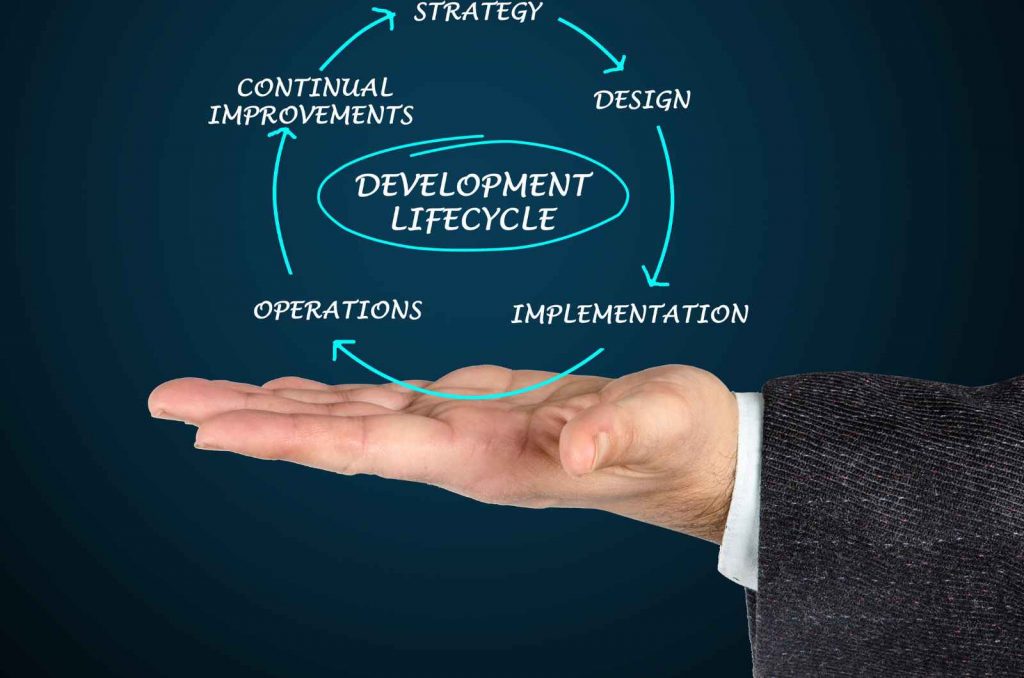
Implementing application lifecycle management (ALM) in medical device development offers numerous advantages. ALM tools help streamline the development process, ensuring that every stage from conception to deployment is well-managed and compliant with industry standards. Companies like Orcanos provide advanced ALM software that simplifies compliance management, automates various processes, and enhances overall efficiency. By integrating ALM into your development workflow, you can not only improve product quality but also reduce time-to-market and ensure regulatory compliance, which is crucial in the medical device industry.
?How does ALM improve compliance management
Application Lifecycle Management (ALM) plays a crucial role in enhancing compliance management, especially in the highly regulated field of medical device development. One of the main advantages is its ability to centralize and streamline documentation. By using ALM tools, you can ensure that all required documents are stored in a single, accessible location. This makes it easier to track changes, maintain version control, and ensure that all team members are working with the most up-to-date information.
ALM also helps in automating compliance workflows. This means that tasks such as approvals, audits, and reviews can be scheduled and tracked automatically. This reduces the risk of human error and ensures that compliance tasks are completed on time. With automated reminders and notifications, you can stay on top of deadlines and avoid missing critical compliance milestones.
Furthermore, ALM provides robust traceability features. This allows you to trace requirements through every stage of the development process, from initial design to final testing. Traceability is essential for demonstrating compliance to regulatory bodies, as it provides a clear, auditable trail of how each requirement was met.
Overall, by implementing ALM in medical device development, you can significantly improve your compliance management processes, reduce risks, and ensure that your products meet all necessary regulatory standards.
What processes are automated by ALM in medical device development?
Application Lifecycle Management (ALM) tools are essential for automating various processes in medical device development, ensuring efficiency and compliance. One of the key areas where ALM makes a significant impact is in document management. ALM systems automate the creation, review, and approval of documents, making it easier to maintain accurate and up-to-date records. This is crucial for meeting regulatory requirements and facilitating audits.
Another critical process automated by ALM is requirements management. ALM tools help in tracking and managing requirements throughout the development lifecycle. They ensure that all requirements are met and linked to corresponding tests and validations. This traceability is vital in the medical device industry, where compliance with standards like ISO 13485 is mandatory.
ALM also automates testing and validation processes. Automated testing ensures that all aspects of the device are thoroughly tested under various conditions, reducing the risk of errors. This includes unit testing, integration testing, and system testing. By automating these tests, ALM tools help in identifying issues early in the development process, saving time and resources.
Furthermore, ALM tools streamline change management by automating the tracking of changes and their impacts. This ensures that any modifications are documented and evaluated for their effects on the overall system, reducing the risk of unforeseen issues.
In summary, ALM automates document management, requirements management, testing, validation, and change management processes, enhancing the efficiency and reliability of medical device development.
How does ALM enhance overall efficiency in medical device development?
Application Lifecycle Management (ALM) significantly boosts the efficiency of medical device development by streamlining various stages of the development process. One of the primary ways ALM enhances efficiency is by providing a centralized platform where all project data, including requirements, design, testing, and deployment information, is stored and easily accessible. This reduces the time spent searching for information and ensures that all team members are on the same page.
ALM tools also automate many repetitive tasks, such as document management, version control, and reporting. By automating these processes, teams can focus more on innovation and problem-solving rather than administrative tasks. For example, automated version control ensures that everyone is working with the most up-to-date documents, reducing errors and rework.
Another efficiency booster is the improved collaboration facilitated by ALM. Team members, regardless of their location, can collaborate in real-time, sharing updates and feedback quickly. This real-time collaboration reduces delays caused by miscommunication or waiting for responses.
Finally, ALM helps in tracking progress and identifying bottlenecks through detailed analytics and reporting features. Managers can easily monitor project status and make informed decisions to keep the development process on track. By providing these insights, ALM ensures that resources are optimally utilized, and projects are completed within the stipulated timeframes.
Implementing Application Lifecycle Management (ALM) in medical device development offers several key benefits. ALM tools, like those provided by Orcanos, streamline compliance management, ensuring that your organization meets regulatory standards efficiently. These tools automate critical processes, reducing manual errors and saving time. Additionally, ALM enhances overall efficiency by integrating various development stages, from initial design to final deployment. By adopting ALM, you can improve your workflow, maintain high standards of quality, and accelerate the development cycle of medical devices. This comprehensive approach ultimately leads to better products and a more efficient development process.
